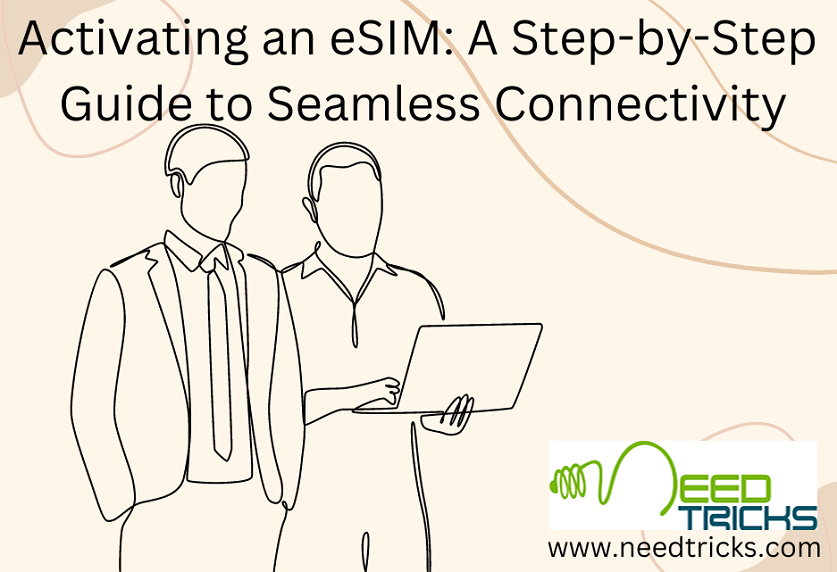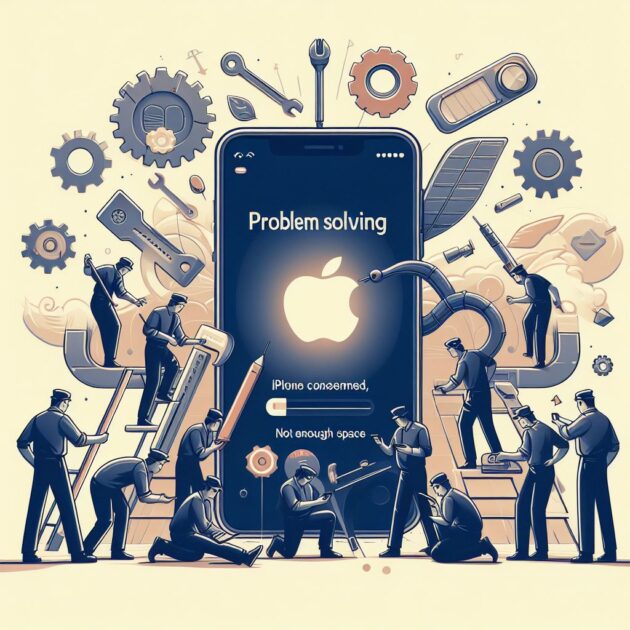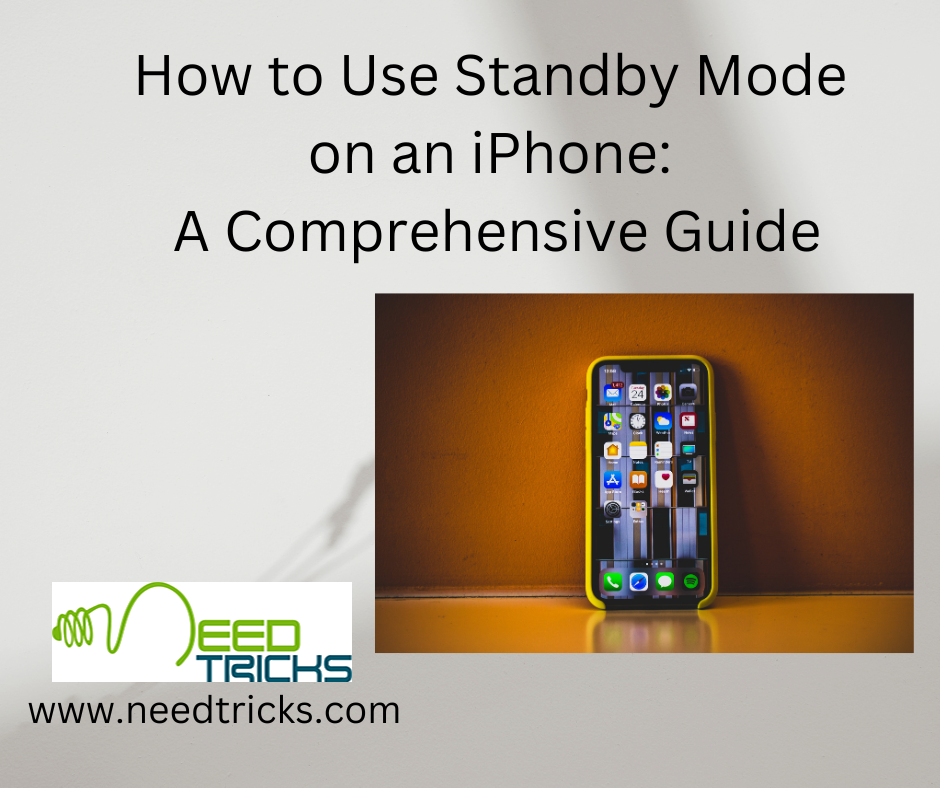The introduction of eSIM technology has transformed the way we connect to mobile networks. Its convenience, dual SIM functionality, and remote activation make it an excellent choice for users looking for flexibility and ease of use. In today’s fast-paced digital world, staying connected is not just a convenience; it’s a necessity. Traditional physical SIM cards have been the norm for years, but now there’s a game-changer in town: the eSIM (Activating an eSIM).
In this blog, we will explore the process of activating an eSIM, focusing on various devices like iPhones and Apple Watches and eSIM providers like Airtel, Jio, and Verizon. We’ll also discuss what an eSIM is, its advantages, and how you can acquire one.
What is an eSIM?
An eSIM, short for embedded SIM or electronic SIM, is a digital SIM card embedded directly into your device’s hardware. Unlike traditional physical SIM cards, eSIMs don’t require physical swapping or insertion; instead, they are provisioned electronically. This technology revolutionizes the way we connect to mobile networks, offering several advantages over traditional SIM cards.
Advantages of eSIM:
Before we dive into the activation process, let’s explore some of the advantages that eSIMs bring to the table:
1. Convenience:
- There is no need to physically insert or swap SIM cards.
- Easily switch between carriers and plans without acquiring a new physical SIM card.
2. Dual SIM Functionality:
- Many devices with eSIM support allow you to use both an eSIM and a physical SIM card simultaneously.
- This feature is especially beneficial for travelers or those who want separate work and personal numbers on one device.
3. Remote Activation:
- eSIMs can be remotely activated by carriers, saving you a trip to a store for a physical SIM card.
- Ideal for quick activation in emergencies or when traveling.
4. International Roaming:
- Easily switch to a local carrier’s plan when traveling abroad without the hassle of swapping SIM cards.
- Reduce roaming costs by selecting cost-effective local plans.
5. Environmentally friendly:
- eSIMs reduce the need for physical SIM cards, contributing to a greener environment.
- Less waste is generated from SIM card production and disposal.
Activating an eSIM: A Step-by-Step Guide to Seamless Connectivity
Now that we understand the advantages of eSIMs, let’s explore the step-by-step process of activating one on various devices and with different carriers.
How do I activate an eSIM?
1. Activating eSIM on the iPhone:
- eSIM activation on an iPhone is a straightforward process.
- Open the “Settings” app on your iPhone.
- Scroll down and select “Cellular.”
- Tap “Add Cellular Plan” or “Add Data Plan.”
- Scan the QR code provided by your carrier or enter the activation details manually.
- Follow the on-screen prompts to complete the activation.
It’s important to note that your carrier must support eSIM activation for this process to work. Many carriers worldwide now offer eSIM support for iPhones.
2. Activating eSIM on the Apple Watch:
- If you have a cellular-enabled Apple Watch, you can activate its eSIM to make and receive calls, send messages, and use data without your iPhone.
- Open the “Apple Watch” app on your iPhone.
- Tap “Mobile Data.”
- Follow the prompts to set up cellular service on your watch.
Again, ensure that your carrier supports eSIM activation for the Apple Watch.
3. Activating eSIM with Airtel:
- Airtel is one of the major carriers that offers eSIM support.
- Visit an Airtel store or contact their customer service to request an eSIM.
- You’ll receive a QR code or activation details from Airtel.
- Follow the instructions provided by Airtel to activate your eSIM on your device.
Airtel typically supports eSIM activation for iPhones and other compatible devices.
4. Activating eSIM with Jio:
- Reliance Jio also provides eSIM services:
- Visit a Jio store or get in touch with their customer support for an eSIM activation request.
- You’ll receive a QR code or activation details.
- Use the provided information to activate your eSIM as per the instructions.
Jio primarily offers eSIM support for iPhones.
5. Activating eSIM with Verizon:
- Verizon is among the prominent carriers offering eSIM services.
- Contact Verizon customer support or visit a Verizon store to request an eSIM.
- You’ll receive a QR code or activation details.
- Follow Verizon’s guidelines to activate your eSIM on a compatible device.
Verizon supports eSIM activation for a range of devices, including iPhones.
How do I buy an eSIM?
If you’re interested in acquiring an eSIM, here’s how you can obtain one:
1. Contact your current carrier:
- Start by reaching out to your existing mobile carrier to inquire about eSIM availability.
- Many carriers worldwide now offer eSIMs as an alternative to traditional SIM cards.
2. Visit a carrier store:
- You can visit a local carrier store or authorized retailer to request an eSIM.
- They will guide you through the activation process and provide you with the necessary details.
3. Order online:
- Some carriers allow you to order eSIMs online through their websites.
- You’ll receive a QR code or activation instructions via email.
4. Use an eSIM Marketplace:
- Some third-party services offer eSIMs for travelers or those seeking specific plans.
- These services often provide eSIMs for various regions and carriers.
Keep in mind that eSIM availability may vary by region and carrier, so it’s essential to check with your carrier’s website or customer service for the most accurate information.
With the ability to activate eSIMs on devices like iPhones and Apple Watches and with support from carriers like Airtel, Jio, and Verizon, the process has become more accessible than ever.
As we embrace the future of connectivity with eSIMs, it’s essential to stay informed about the activation process and the advantages they offer. Whether you’re a frequent traveler or simply seeking a more efficient way to stay connected, eSIM technology has something to offer everyone. So, consider making the switch to eSIM and experiencing the future of mobile connectivity.
Disadvantages of e-sim:
While eSIM technology offers many advantages, it also comes with a set of disadvantages and limitations. It’s crucial to consider these drawbacks when deciding whether eSIM is the right choice for your mobile connectivity needs. Here are some disadvantages of eSIM:
- Limited Device Compatibility: As of now, not all devices support eSIM technology. While most modern smartphones and smartwatches are eSIM-compatible, older devices and certain budget models may not have this feature. Users with non-compatible devices will be unable to enjoy the benefits of eSIM.
- Carrier Support: eSIM adoption varies from one region to another, and not all carriers worldwide offer eSIM services. This lack of universal support can be problematic if you travel frequently and rely on local eSIMs to avoid high roaming fees. It’s essential to check if your carrier supports eSIM before considering it as an option.
- Compatibility with Existing SIM Cards: Switching from a physical SIM card to an eSIM may not always be seamless. Some users may encounter issues if they have existing prepaid plans or physical SIM cards that are not easily transferable to an eSIM. Compatibility issues can lead to unexpected disruptions in service.
- Single eSIM Profile: Most devices, including iPhones and some Android phones, support only one eSIM profile at a time. This limitation can be inconvenient for users who need multiple phone numbers or data plans on a single device. Dual SIM devices that support one physical SIM card and one eSIM alleviate this issue to some extent.
- Limited Device and Carrier Flexibility: Once you activate an eSIM on a device, changing carriers or plans may be more cumbersome than swapping out a physical SIM card. Users who frequently switch carriers or plans for better deals may find the eSIM setup less flexible.
- Security Concerns: While eSIM technology itself is secure, there is a potential risk if someone gains unauthorized access to your device and manages to switch eSIM profiles. This could lead to unauthorized use or account compromises. Proper device security measures, like PIN codes and biometric authentication, are essential to mitigate this risk.
- Incompatibility with All eSIM Services: Some eSIM services may not be compatible with all devices. For example, certain IoT devices or older smartphones may not support specific eSIM services offered by carriers, limiting your options.
- Loss or Damage to the Device: If you lose or damage your eSIM-enabled device, the process of transferring the eSIM profile to a new device can be complex and may involve contacting your carrier or service provider.
- Limited eSIM Data Plans: eSIM data plans may not be as widely available or competitively priced as traditional physical SIM card plans. Users looking for specific data plan features or international roaming options may find fewer choices with eSIM.
- Complexity for Technically Challenged Users: While eSIM activation is relatively straightforward for tech-savvy individuals, it may be confusing or intimidating for less tech-savvy users. Traditional SIM cards, with their plug-and-play simplicity, may be a more straightforward option for some.
While eSIM technology offers many benefits, such as convenience, flexibility, and reduced environmental impact, it also has its fair share of disadvantages. Users should carefully assess their specific needs, device compatibility, and carrier support before deciding to switch to eSIM. As the technology continues to evolve, some of these drawbacks may be addressed, making eSIM a more attractive option for a broader range of users.











